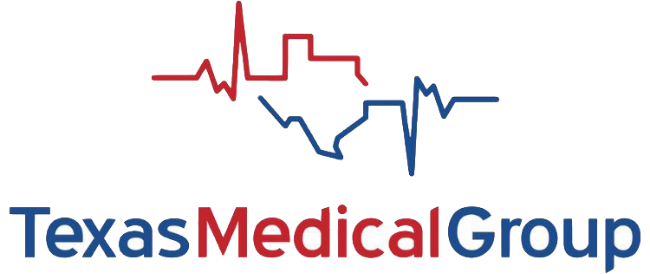
DOL Updated OSHA Penalty Guidance to Support Small Businesses
On July 14, 2025, the Department of Labor (DOL) published a news release stating it updated its guidance on penalty and debt collection procedures in OSHA’s Field Operations Manual in an effort to minimize the burden on small businesses and increase prompt hazard abatement.
The new policies are effective July 14, 2025. Penalties issued before July 14, 2025, will remain under the previous penalty structure. Open investigations in which penalties have not yet been issued are covered by the new guidance.
Guidance Overview
The new policy, outlined in the Penalties and Debt Collection section of OSHA’s Field Operations Manual, increases penalty reductions for small employers, making it easier for small businesses to invest resources in compliance and hazard abatement. A maximum penalty reduction of 70% is permitted for small employers. For example, a penalty reduction level of 70%, which was previously only applicable for businesses with 10 or fewer employees, will now be expanded to include businesses that employ up to 25 employees.
The following table shows the rates of reduction that are applied (except for serious willful violations):
Size Reduction Table | |
Number of Employees | Percent Reduction |
1-25 | 70% |
26-100 | 30% |
101-250 | 10% |
251 or more | None |
Furthermore, a 15% reduction will also be applied for good faith and typically must be given if the employer has a documented and effective safety and health management system, with only incidental deficiencies. In appropriate cases, the compliance safety and health officer (CSHO) can recommend a full 15% reduction for employers with one to 25 employees who have implemented an effective safety and health management system but have not documented it in writing.
For example, an acceptable program should include minutes of employee safety and health meetings, documented employee safety and health training sessions or any other evidence of measures advancing safety and health in the workplace.
The updated guidance also expands the penalty reduction for employers without a history of serious, willful, repeat or failure-to-abate OSHA violations. Under OSHA’s revised guidance, employers that have never been inspected by federal OSHA or an OSHA State Plan, as well as employers that have been inspected in the previous five years and had no serious, willful or failure-to-abate violations, are eligible for a 20% penalty reduction.
Prompt Hazard Abatement
The revisions also include new guidelines for a 15% penalty reduction for employers that immediately take steps to address or correct a hazard. The table below shows the changes: immediately take steps to address or correct a hazard. The table below shows the changes:
Quick-fix Penalty Reduction Factor | ||
Restrictions | Application | Percent Reduction |
No reduction factor for:
|
| After the GBP has been calculated, adjustments are made for size, good faith, history and quick-fix. The 15% quick-fix reduction is applied after the adjustments for history and good faith. |
*Comment column: No penalty for a serious violation will be less than the current minimum as listed in the Annual Adjustments to OSHA Civil Penalties Memorandum.
Penalty Increase for Repeated Violations
The guidance also provides that the amount of any increase to a proposed penalty for repeated violations must be determined by the employer’s number of employees.
For employers with 250 or fewer employees nationwide, the gravity-based penalty (GBP) must be multiplied by a factor of 2 for the first repeated violation and multiplied by 5 for the second repeated violation. The GBP can be multiplied by 10 in cases where the OSHA area director determines that it is necessary to achieve the deterrent effect (e.g., the employer has multiple repeat violations).
For employers with more than 250 employees nationwide, the GBP must be multiplied by a factor of 5 for the first repeated violation and by 10 for the second repeated violation.
Employer Next Steps
Small business owners should review the guidance on penalty and debt collection procedures to understand how the new reductions will apply to them. Even with the reductions, employers are still required to follow the OSHA regulations to make a safe workplace for their employees. Furthermore, employers should remember that OSHA retains the right to withhold penalty reductions where penalty adjustments do not advance the goals of the Occupational Safety and Health Act.
This Legal Update is not intended to be exhaustive nor should any discussion or opinions be construed as legal advice. Readers should contact legal counsel for legal advice.© 2025 Zywave, Inc. All rights reserved.

Discussion
There are no comments yet.